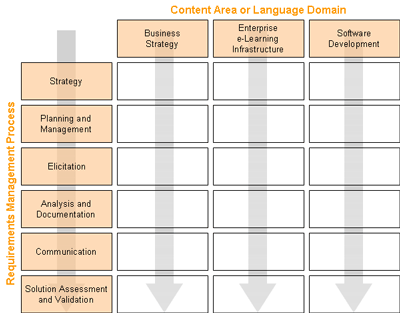Managing Requirements: Can ITIL help?
Over the last six months I have presented to numerous audiences on the topic of how Business Analysis and IT Service Management (based on ITIL) can work together, indeed must work together, to drive the level of quality and cost-effectiveness we are all seeking within the IT solutions space.
Interestingly, there has been a notable difference in the nature of the feedback
-
PM/BA audiences (such as those at the Project Summit / BA World events) have provided fairly positive feedback (and in fact the trend is upward over time)
-
ITIL knowledgeable/experienced audience feedback has been overwhelmingly positive, to the point where they are asking to have the presentation brought to their own organizations!
I am predicting that over time, as BAs look for additional ways to strengthen the rigor of their business cases, they will increasingly rely on the IT organization’s use of ITIL as a basis for defining and driving fundamental BA/IT interactions, including change management and financial characterization of solution development, deployment, and operation.
If you are a BA, do you work within or with an ITIL-based IT organization? If so, can you identify specific benefits that have emerged from the IT organization taking the ITIL path?
Terry Longo has more than 25 years of IT experience, including software development, system and network administration, and instructing, as well as being responsible for the requirements, project management, and delivery aspects of complex training solutions. He currently holds the IT Service Manager ITIL and is responsible for HP Education’s ITIL, Project Management and Business Analysis curriculums in the US. Terry can be reached through http://www.hp.com/education/sections/pm_bus_analy.html or at [email protected]


